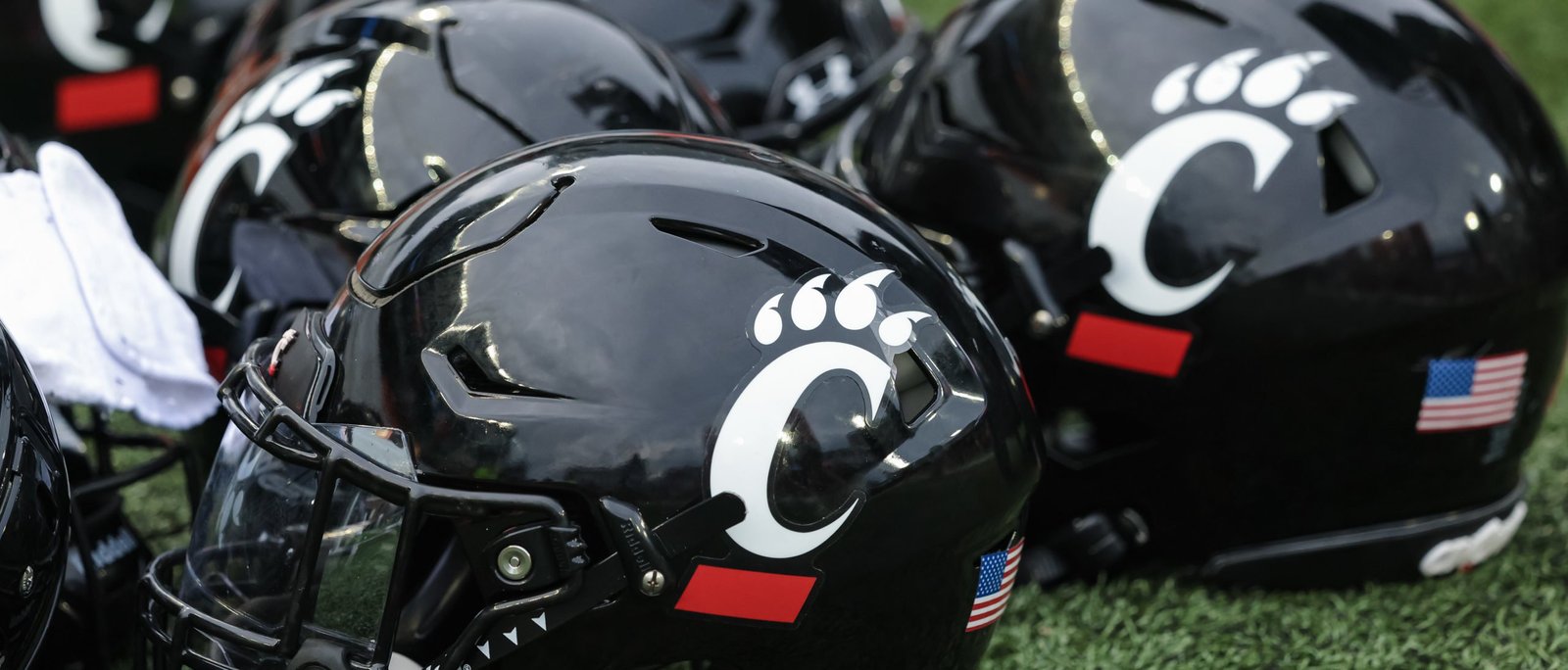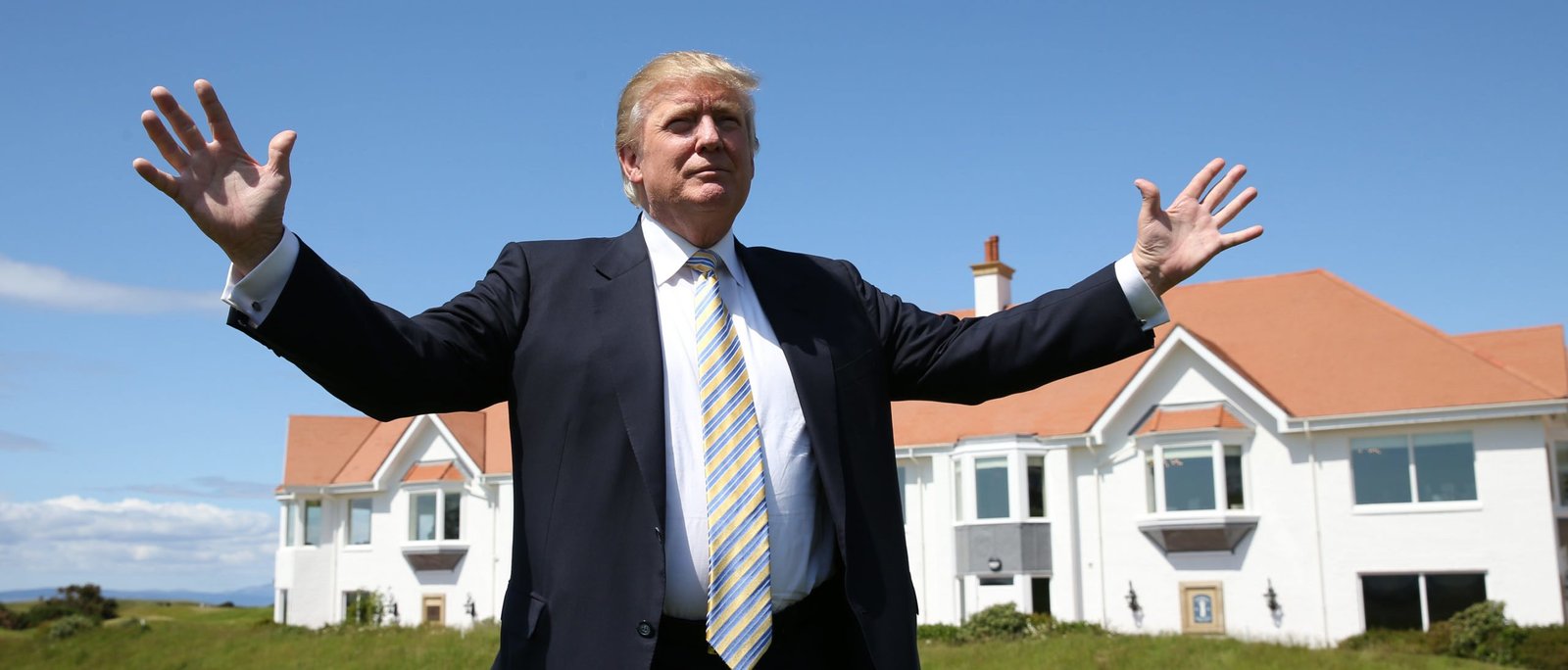Matt Wilkinson had finished second in the 3,000-meter steeplechase final at the U.S. Olympic Trials when the 25-year-old Flagstaff resident threw his hands up in shock as he realized what had happened.
He got a ticket to Paris.
“He's a really excitable guy. Always has been,” said Jeff Renlund, who first noticed Wilkinson in grade school and was one of his high school coaches. “He set the school record as a sophomore in the two-mile run, and it was the same thing. The other coach was like, 'What just happened?' And I said, 'Matt set the school record as a sophomore.' And I said, 'Are you that happy about that?' And he said, 'Yeah, that's Matt.'”
“That look just showed Matt's character. That's who he is. And that drive to go faster and get around is what has allowed him to continue to be successful.”
Wilkinson was a standout runner in high school at Minnetonka High School, 17 miles west of Minneapolis, and qualified for the state championships in cross country, placing seventh, but he never had the same success in track and field, never competing in a state meet during his high school career.
Still, he caught the attention of Carleton University, a small liberal arts college south of Minneapolis that competes at the Division III level, where he worked his way up to become national champion in the steeplechase and 5,000 meters.
He then caught the attention of another in-state school, this time the University of Minnesota, where he transferred as a graduate student. Wilkinson quickly adapted to the NCAA level, winning Big Ten championships in the steeplechase and 5,000 meters.
After competing in the NCAA Championships in the steeplechase two years in a row, he caught the eye of Steven Haas, coach of the Under Armour Dark Sky Distance Group, a professional running team based in Flagstaff, where he now trains.
The boy who missed out on a state track meet in high school is now competing in the Paris Olympics.

Wilkinson's running journey began with Renlund, who teaches physical education at Excelsior Elementary School and is in his 25th season as coach at Minnetonka.
Wilkinson never planned to go pro, even while he was running at Minnesota. He had a master's degree in public health and planned to work in that field. Wilkinson was looking for work right up until he signed with Under Armour.
“I think he was definitely motivated, which is great,” Renlund said. “He had a hungry mentality. He was like, 'I didn't get a lot of interest from Division I coming out of high school, but I've got something to prove here.' He went to Division III, but he had something to prove. He ended up going to the University of Minnesota, he was a Big Ten champion in graduate school, and then when he came to Under Armour with the Dark Sky, he had something to prove.”
Renlund was in the stands near the incredible finish line at the Olympic Trials in Eugene, watching the athlete he once was accomplish something once thought impossible.
Wilkinson came in second with a time of 8 minutes 23.00 seconds, earning a spot on the U.S. team.
“Our team is very proud of him. The community is very proud of him. There's a really strong sense of pride, especially as a distance runner. We know how much work he puts in. A lot of it goes unseen, it doesn't get the spotlight,” Renlund said.
Although Wilkinson did not achieve the Olympic standard time of 8 minutes 15 seconds, he was high enough in the World Athletics rankings (26th) to make the team.
Haas, who was watching from the stands, also thought Wilkinson had the makings to offer him a move to Under Armour, and while some may have thought it was a risk to bet on a former Division 3 runner, the gamble paid off handsomely.
“I was impressed with the Big Ten Championships,” Haas said. “The 5K and steeplechase is not a double that a lot of people do, so that was a big boost. I knew the coach at Minnesota really well and he told me a lot about his training and his development, and I felt like I had a lot of room to grow. He wasn't afraid to go the distance and try hard. Those are always good people to have on a team.”
Wilkinson had previously spent some time in Arizona with his grandmother, who lives in Gilbert, and had been acclimating to the 7,000-foot elevation since arriving in Flagstaff last fall.
The city is well known as an ideal training location for long-distance runners, due to its high altitude and low oxygen content. When athletes spend time above sea level, their bodies adapt to the oxygen-poor environment. When they return to oxygen-rich sea level, their bodies use the extra oxygen like a power-up in a video game. Modern athletes have used Flagstaff as a training ground dating back to the 1968 Mexico City Olympics, which were held at high altitude.
“He's benefited a lot from moving to higher altitude,” said Haas, who moved to Flagstaff 12 years ago.
Wilkinson had heard stories about Flagstaff before moving there, and it lived up to its reputation.
“Flagstaff is an amazing place. I love it,” Wilkinson said. “It's been great to call it my home this past year and I hope I can call it my home for the next four years until the next Olympics.”
“The best part is that I can go for a run, meet dozens of pro runners, and join in training with anyone at any time. The culture is great, making me feel at home in my rookie season in the pro world. I was surprised at how open and supportive everyone was, even with the toughest of competitors.”
Of the 30 distance runners selected for the U.S. Olympic team in Paris in 2024, eight live and train in Flagstaff (Nikki Hiltz, Weini Kelati, Woody Kincaid, Nico Young, Abdihamid Noor, Hobbs Kessler and Bryce Hoppel), and many more spend time training in the city but don't live there.
Wilkinson is the next runner to add to Flagstaff's tradition.
Logan Stanley is a sports reporter for The Arizona Republic, primarily covering high school, Arizona State University and Olympic sports. To suggest a human interest story or other news idea, contact Stanley at logan.stanley@gannett.com or 707-293-7650. Follow him on X (formerly Twitter):translator.
















